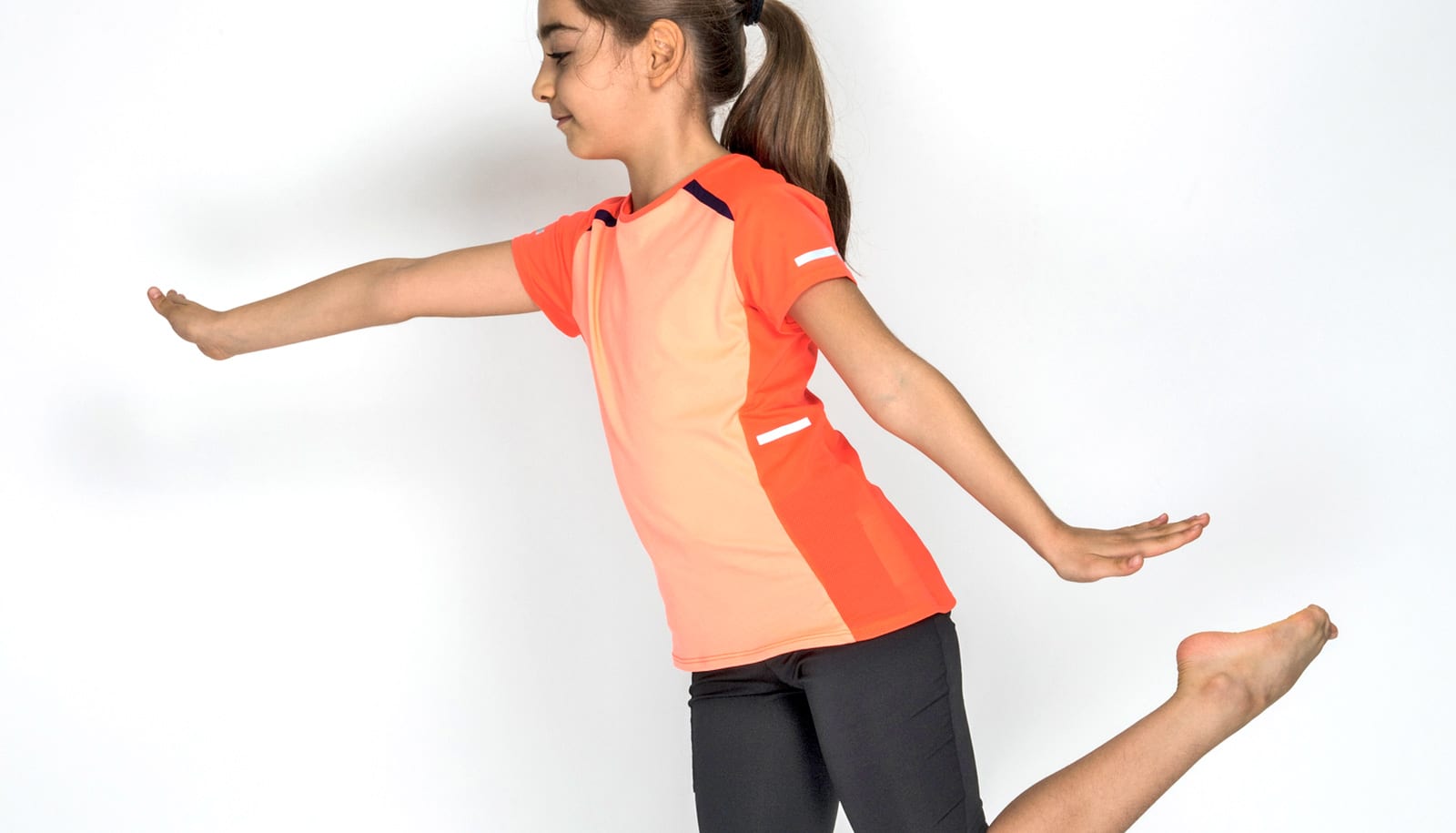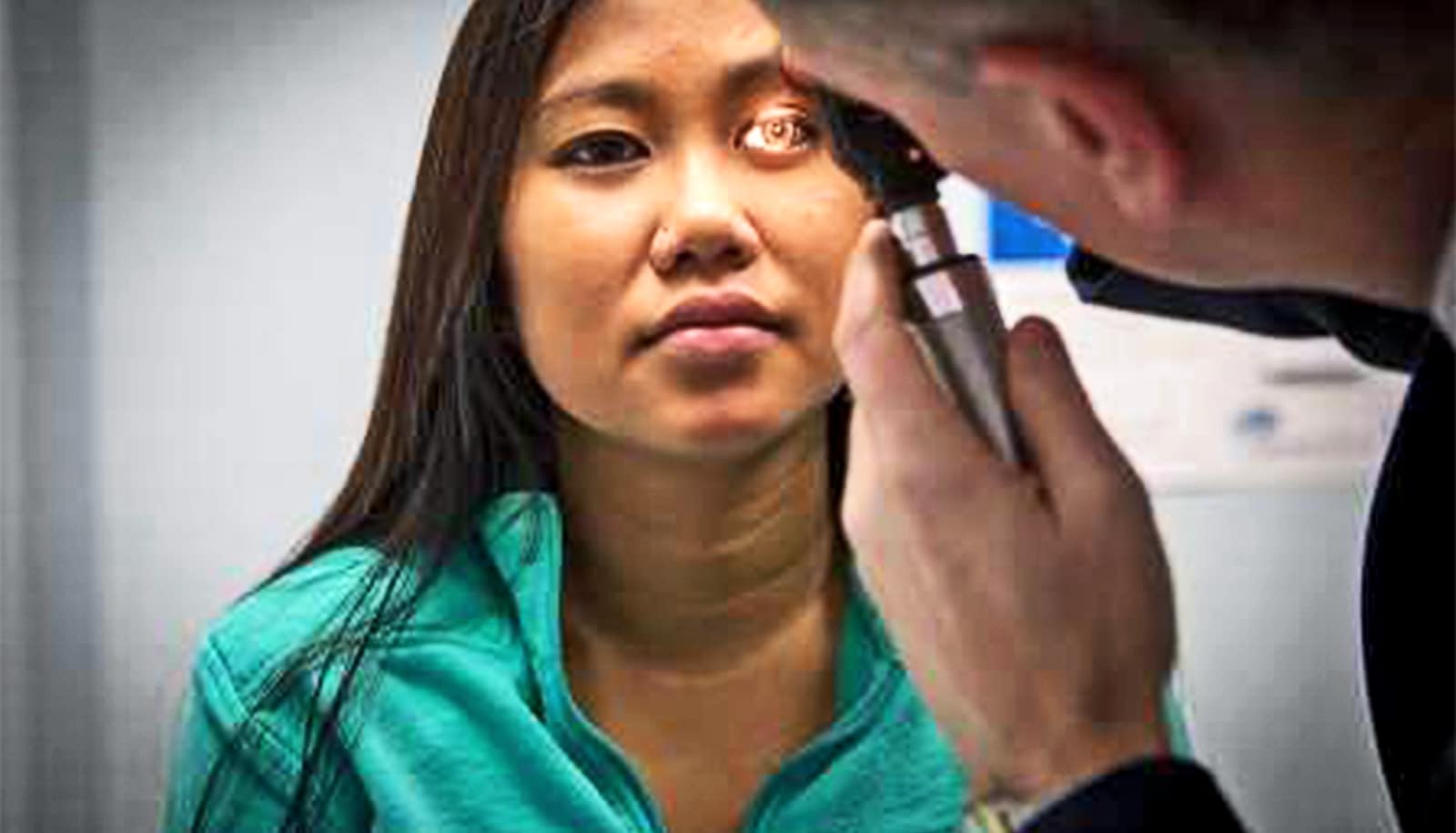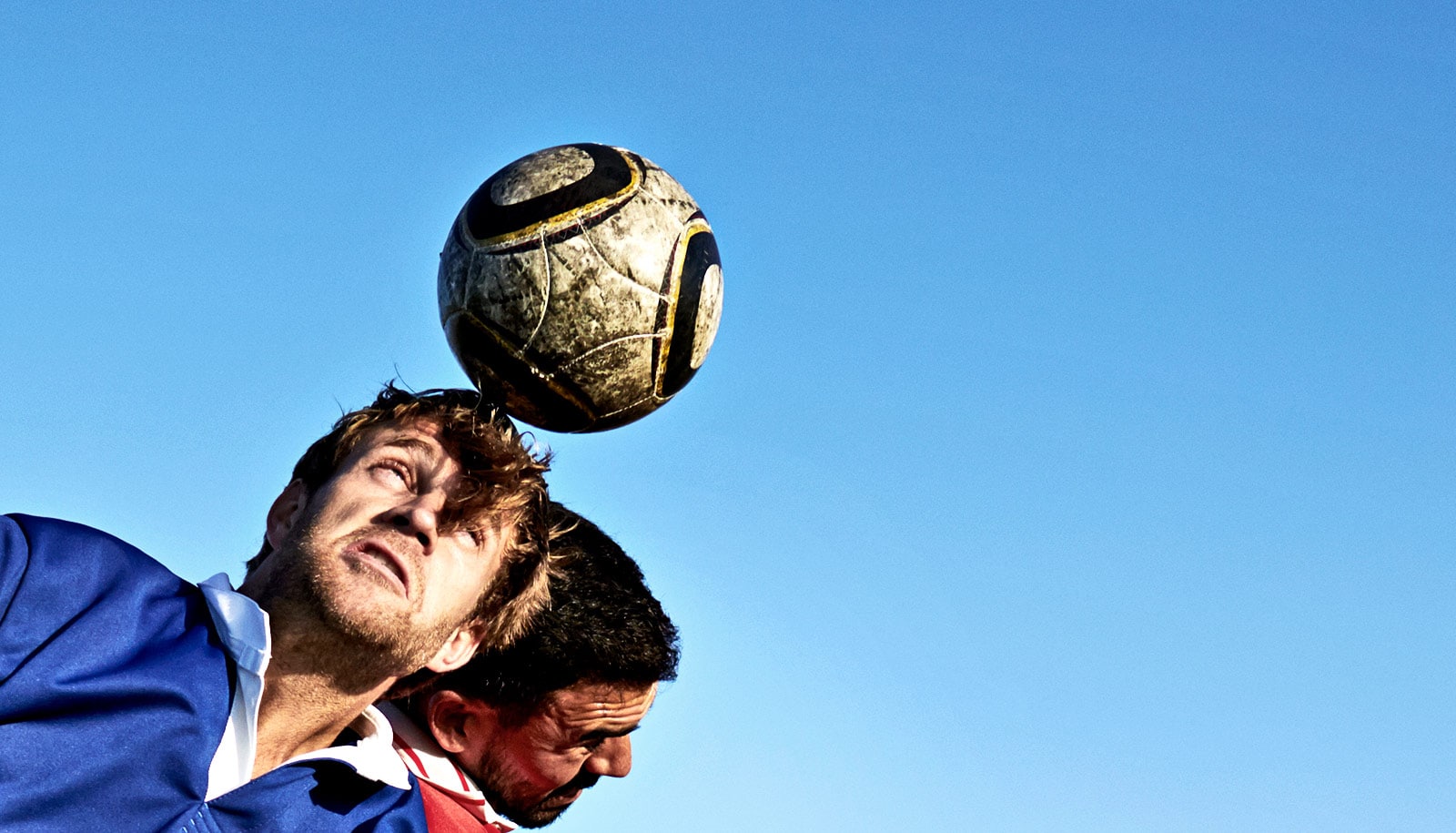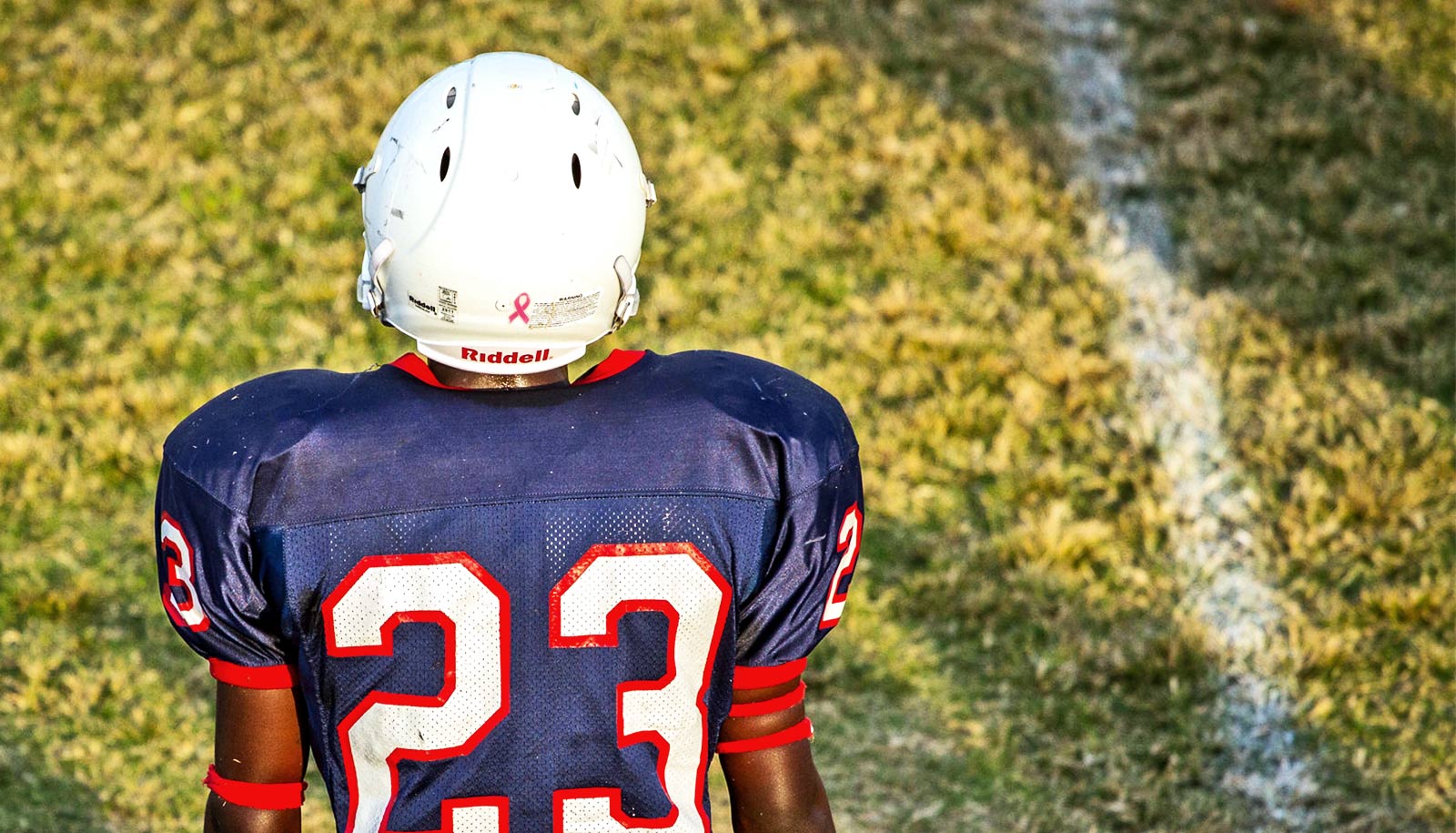A 30-second single-leg stance could be an effective way to detect subtle deficiencies in a child’s postural control after a concussion, research shows.
“Balance deficits exist in some children even after clinical recovery,” says Ghazala Saleem, lead author of the study in the Journal of Sport Rehabilitation, and an assistant professor of rehabilitation science in the University at Buffalo School of Public Health and Health Professions. “This research emphasizes the use of assessments that can identify balance deficits appropriately both in symptomatic and clinically but not physiologically-recovered children.”
Saleem is also lab director and principal investigator in the university’s Brain Function and Recovery Lab. Saleem and her research team study sport-related concussion research, as well as acquired brain injury due to intimate partner violence.
Identifying abnormalities in the way a child’s brain organizes information to help them sit, stand, and walk is critical, Saleem says.
“Postural control includes both balance and walking. These are essential abilities that are required to complete the activities of daily living,” she says. “If children continue to experience balance deficits even after recovery, it may influence their ability to return to play or return to school.”
Stand on one foot
The Physical and Neurological Examination of Subtle Signs (PANESS) is a measurement used frequently by clinicians and researchers to identify functional limitations in motor control because it requires only paper and pencil and a stopwatch, because and includes both static (balance) and dynamic (walking) tasks. The balance task requires the patient to stand on one foot for 30 seconds (20 seconds is still the standard in many concussion clinics) and then stand on the other; an observer records any errors the subject makes, such as stumbling.
The dynamic tasks include having the patient walk at their normal speed with different variations such as heel-to-toe walking.
Saleem’s study looked at whether static or dynamic tests on the PANESS best identify anomalies in symptomatic and clinically recovered youth after concussion, a finding that could lead to faster assessment approaches for clinicians.
The study included 60 kids ages 10 to 17 who were split into three groups: those who displayed concussion symptoms, youths who were clinically recovered, and age and gender-matched controls who had never had a concussion.
Two concussion tests
In addition to the PANESS, which measures residual signs of motor control deficits, the team also looked at the Post-Concussion Symptom Inventory, a 26-item parent report measure that assesses the severity of post-concussion symptoms. The three groups differed significantly on parent-reported overall symptoms.
The team’s initial hypothesis was that dynamic gait tasks would better identify symptomatic and clinically recovered youth. However, the results suggest that only the standing-on-one-foot test discriminated never-concussed controls from symptomatic and clinically recovered youth after concussion. It did not discriminate between the two concussion groups.
“The ability to perform single-leg stance without losing balance demonstrates adequate neuromuscular control and sufficient lower-extremity strength, attributes needed to return to high-risk activities safely,” the researchers write.
Coauthors of the study are from the Kennedy Krieger Institute in Baltimore and Johns Hopkins University School of Medicine.
Next steps
Saleem is currently leading a study in Buffalo that aims to determine whether children who have sustained a concussion demonstrate more loss of balance when performing two tasks at the same time, one cognitive and one motor related. Researchers will also try to identify whether these balance changes are more pronounced in boys or girls.
“Thus far, it is not known which areas of the brain help children balance themselves or be steady on their feet after concussion,” Saleem says.
Saleem and her team have collected data on 12 children between the ages of 8 and 17, including four with concussion and eight controls. Saleem hopes to include a total of 135 children.
The study’s findings have the potential to change treatment options for children who have suffered a concussion or even multiple concussions. “This study will be a first step toward helping children with concussion and post-concussion to receive individualized assessment and treatment,” Saleem says. “In addition, care providers will be more informed about which areas to target during treatment.
“Concussions are serious,” Saleem adds. “They are a traumatic brain injury and sometimes symptoms are mild and not obvious. Studies have been showing that balance and physical limitations persist in children who have received concussion even after clinical resolution, and there is risk of additional brain or leg injury after that.”
Source: University at Buffalo



